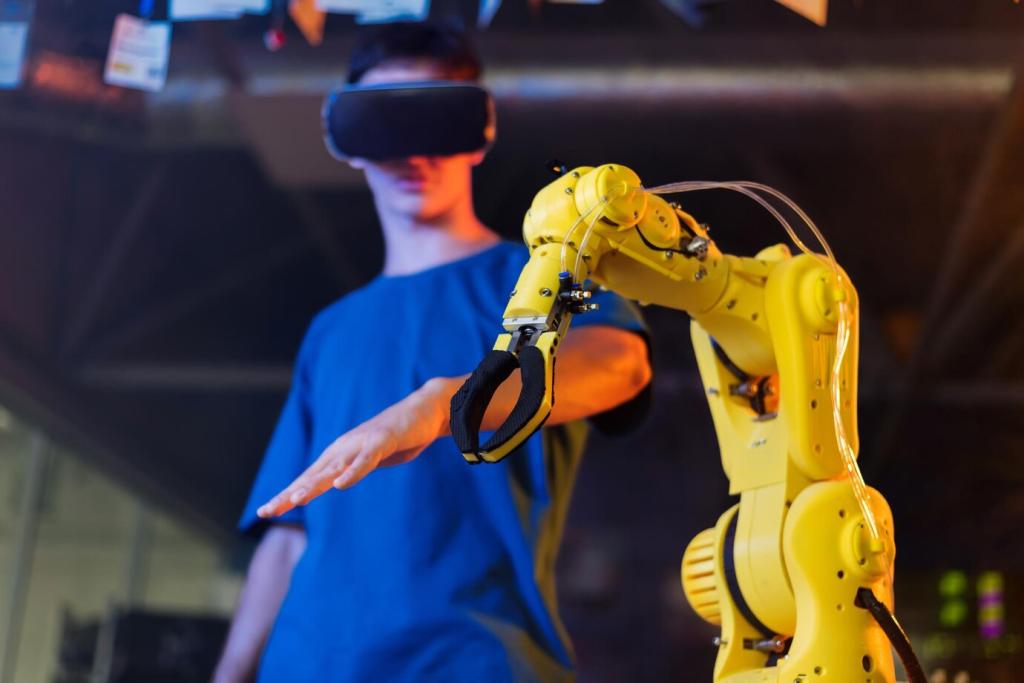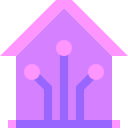
Breakthrough Smart Home Devices of 2023
The year 2023 marked a pivotal moment for smart home technology, with innovative devices seamlessly blending intelligence, security, convenience, and sustainability into daily life. These advancements pushed the boundaries of what home automation can accomplish, enhancing comfort and efficiency for homeowners worldwide. Below, discover the standout smart home breakthroughs that defined 2023, from adaptive AI assistants to eco-friendly solutions reshaping our living environments.
Previous
Next
Intelligent Climate Control Solutions
01
AI-Driven Smart Thermostats
Smart thermostats of 2023 were equipped with learning algorithms that tracked habits and environmental data. They not only optimized heating and cooling schedules but also forecasted energy needs based on weather predictions, occupancy, and utility rates. By leveraging these data points, homeowners achieved unmatched comfort while significantly reducing energy bills and environmental impact—all with an interface accessible from anywhere.
02
Adaptive Ventilation and Air Quality Monitors
Ventilation systems now responded dynamically to occupancy, humidity, and pollutant levels, automatically adjusting airflow to ensure healthy, comfortable interiors. Integrated air quality monitors could detect carbon monoxide, allergens, and even viral particles, offering prompt alerts and recommendations. This proactive approach gave families confidence in their home’s air and empowered them to respond quickly with automated filtration or ventilation.
03
Smart Radiator and Floor Heating Controls
Individualized control for radiators and in-floor heating became more precise, with zone management ensuring each room maintained optimal temperatures independently. Residents could schedule heating by room, adapt temperatures via mobile devices, and enjoy detection features that turned off systems in vacant spaces. The result was a smarter, more sustainable approach to indoor comfort that perfectly aligned with personal routines and preferences.
Connected Kitchen Experiences
Smart ovens with AI capabilities transformed meal preparation by recognizing the dish, setting precise cooking times and temperatures, and offering step-by-step guidance. These ovens could suggest recipes based on available ingredients and dietary preferences, ensuring flavorful, perfectly cooked meals with fewer mishaps. Remote preheating and monitoring meant dinner could be ready the moment a homeowner arrived.

Immersive Entertainment and Media
Adaptive Smart Displays and TVs
Smart displays now responded to voice or gesture, automatically optimizing brightness, sound, and content suggestions to user preferences. They recommended shows based on viewing history and integrated live news, sports, social media, and interactive features—all in one platform. Closed-captioning, parental controls, and energy-efficient operation made these displays essential for modern living rooms.
Multi-Room Audio Ecosystems
Audio innovations allowed seamless music or podcast streaming across every corner of the home, adapting to user location and group preferences. Speakers adjusted sound profiles for each space, even syncing with smart lighting for concerts or movie nights. Integration with digital assistants meant playlist curation, volume adjustment, and device pairing were always just a command away, enriching both solo and communal listening.
Gaming Enhancements with Smart Integration
Gaming in 2023 leveraged smart technology to deliver low-latency cloud experiences, adaptive surroundings, and physical-digital collaboration for fitness and competitive play. Smart gaming devices adjusted both in-game settings and environmental factors—lighting, seating, and room noise—based on gameplay. These enhancements provided unparalleled immersion, whether playing solo or with friends online.
Personalized Health and Wellness
Mattresses, pads, and wearables tracked biometric data to fine-tune sleep cycles, adjusting temperature and firmness for personalized comfort. These systems provided real-time feedback and health recommendations, helping users recover more efficiently and feel energized by morning. Nightly routines, like calming audio or ambient lighting shifts, automatically initiated based on personal habits to optimize rest.

Previous
Next
Effortless Cleaning and Maintenance
Robotic cleaners featured advanced mapping, obstacle avoidance, and scheduling, adapting effortlessly to changing floor plans and debris levels. Enhanced suction, precise mopping, and self-emptying docks reduced human involvement to near zero. Voice and app controls brought cleaning on demand, while quiet operation allowed devices to work discreetly alongside daily life.
Seamless Interoperability and Customization
Universal Smart Home Hubs
Hubs supporting multiple protocols allowed disparate devices to work in harmony, controlled through a single interface. Setup was simplified—no technical expertise required. Users could create complex routines, like waking up to soft lighting, warm floors, and brewing coffee simultaneously, all triggered by one touch or voice command. This level of orchestration elevated convenience to an unprecedented level.
Contextual Automation Engines
Smart homes adopted automation engines that learned from user actions across platforms—detecting preferences not only for lighting or climate, but for music, security, and ambiance. By interpreting context (time, location, household members), these engines tailored every interaction, automating tasks to save time and enhance comfort without manual programming.
Enhanced Voice and Gesture Controls
More natural, responsive voice and gesture controls made interacting with devices intuitive and inclusive for all ages. Updated AI algorithms recognized accents, slang, and even multiple languages, while gesture detection provided control options when talking wasn’t ideal. These advancements fostered accessibility and ensured every user could interact with their home in a way that felt natural and empowering.
